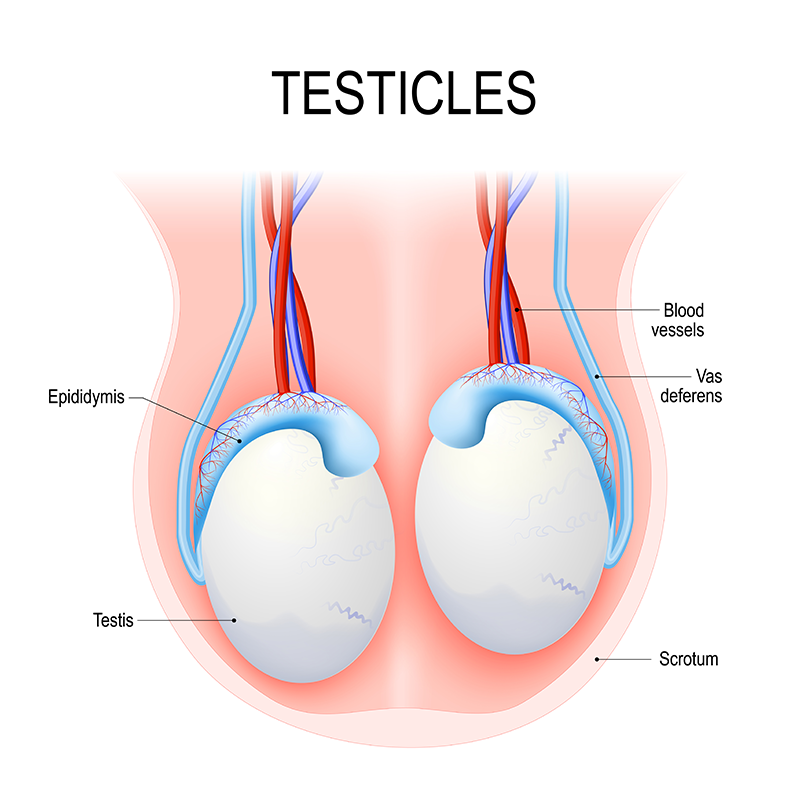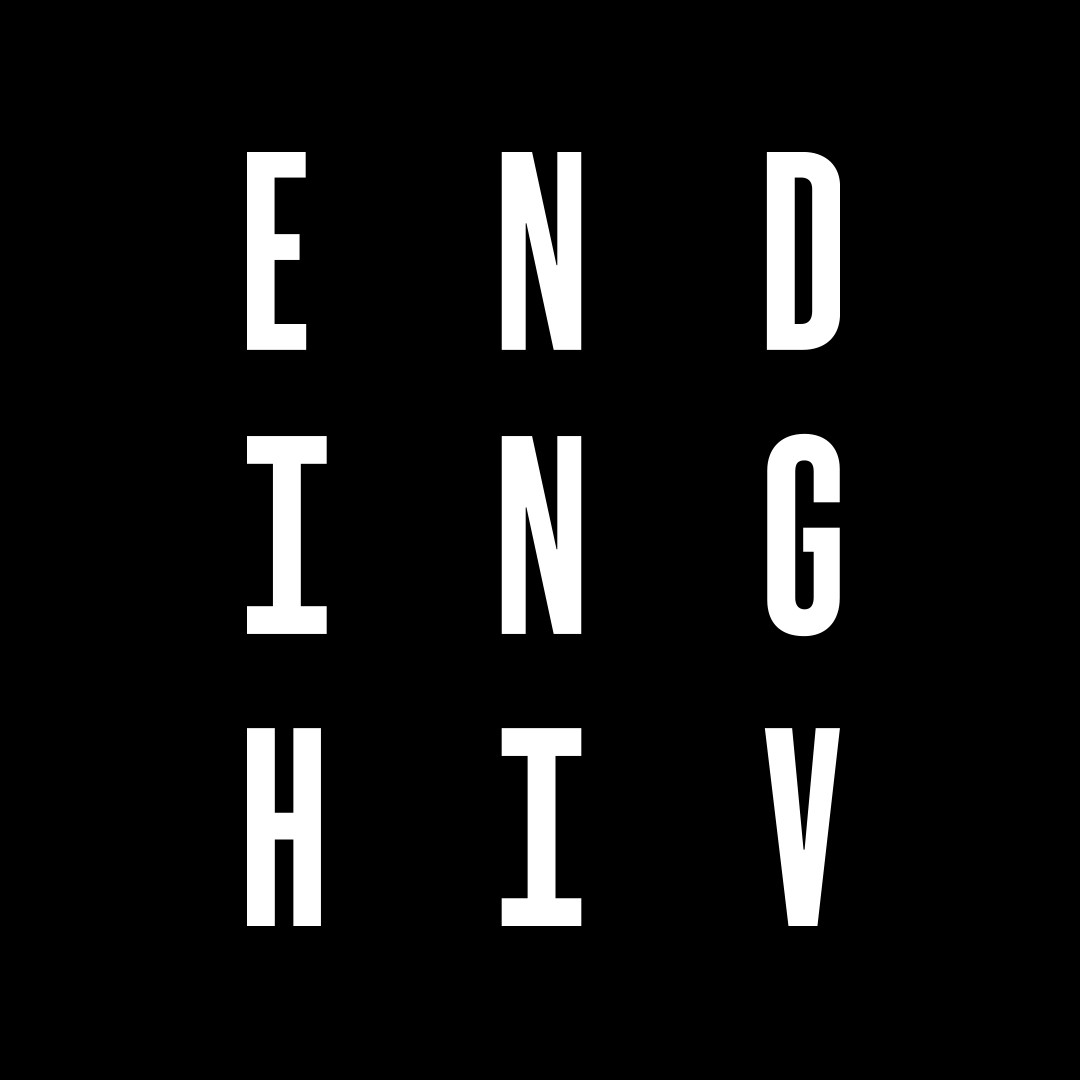Do your balls hurt? Here’s what to do!
Pain in the balls for many guys remains a largely mysterious and sometimes dread-inducing experience. Experiencing pain in the balls unrelated to any physical injury can be a particularly worrying feeling. It could mean anything from cancer to an untreated STI, infection or passing discomfort.
Whatever it is, it’s better not to let the fear of what it could be prevent you from taking action. After all, once you know what the issue is, that’s when you can take action.
If you’re currently experiencing extreme pain or swelling in the testicles or scrotum, make an appointment to see a doctor immediately or go straight to the hospital accident and emergency department.
We spoke with Clinical Professor Louise Owen, who is a sexual health physician at Sydney Sexual Health Centre to help us unpack all the things that might be behind pain in the balls, and what you can do about it.
Get familiar with your anatomy
The first step when you’re experiencing pain or discomfort in your balls, is to stop and consider where the pain or other symptoms might be situated.
Whenever we refer to the balls, nuts or testicles there are several parts to your anatomy where you might experience pain or other symptoms. Here’s a refresher on the parts of your testicular anatomy.
Scrotum
The scrotum is a low-hanging skin sack that carries the testes, which sits behind the penis and hangs outside the body. There is a superficial muscle in the scrotum – the cremaster muscle – that when this contracts, the testis are elevated in the scrotum – this can be a protective mechanism.
Testicles (or testes)
These are two oval-shaped glands that sit inside of the scrotum, on the outside of the body, responsible for producing sperm and testosterone.
Epididymis
The epididymis is a coiled tube that sits at the back of the testicles connecting them to the vas deferens.
Spermatic cord
The spermatic cord is a structure of blood vessels, nerves and the vas deferens (the tube connecting the epididymis to the prostate gland and urethra) that connect the testicles to the inner body.

If the pain is extreme, see a doctor immediately
Make an appointment to see a doctor (GP) immediately or go straight to the hospital accident and emergency department.
Extreme pain and swelling of the testicles and scrotum could be a sign of testicular torsion. Testicular torsion happens when a testicle is twisted, cutting off its blood supply.
Do you have any other symptoms, like painful urination, or discharge from your urethra (the opening at the tip of your penis)? Sometimes this pain could also be caused by an STI, like chlamydia, and having an STI checkup in this instance is important.
If the pain is less intense, book to see a doctor in the near future
If instead the pain you’re experiencing is more moderate, book into a sexual health clinic or with a GP sometime soon. Find a list of HIV and STI testing sites here.
The medical professionals at your service will help you determine the cause of any pain or discomfort you may experience in the area.
Usually, this will involve a physical examination to determine the site and nature of any swelling or tenderness. Usually, you’ll be asked to take some STI tests, including a urine test, and blood tests and treatment may be commenced or you might be referred for an ultrasound.
If you’re seeing a GP, it’s a good idea to ask for a full HIV and STI screen while you’re there.
Learn all about getting tested with a GP here.
What are the causes of pain in the testicles or scrotum?
While this is not an exhaustive list, the following are some of the potential causes of pain in the testicles.
Testicular torsion
As previously described, testicular torsion is when the spermatic cord (a combination of the vas deferens, nerves and blood vessels) becomes twisted, blocking off blood flow to the testicle.
It’s extremely painful and is considered a medical emergency. The longer the testicle has restricted blood flow, the greater the damage, so go straight to a medical professional for examination if you experience sudden pain.
It can be reversed with surgery, but time is of the essence, so don’t delay.
Testicular cancer
Testicular cancer is an abnormal development of cells in the testis, usually causing a lump or pain.
Although rare when compared with other forms of cancer, testicular cancer is one of the most common cancers in young men – aged between 20 and 40.
Testicular cancer can appear as a painless swelling of a testicle or the testicle may have changed in size or shape. Sometimes there may be discomfort. Early detection improves prognosis, meaning you’ll improve your chances of making a full recovery, so it is recommended to check your testicles regularly!
Epididymitis
Epididymitis is the inflammation of the epididymis, the coiled tube at the back of your testicles.
Epididymitis can be the result of a viral or bacterial infection, including STIs such as chlamydia and gonorrhoea.
It can also be accompanied by symptoms such as hurting to pee, urethral discomfort, and or discharge.
Orchitis
Orchitis is an inflammation of one or both the testicles and it similarly may be caused by bacteria and viruses, such as chlamydia or occasionally other infections such as mumps.
Epididymo-orchitis
If you’re experiencing swelling or painful testicles, it may instead be epididymo-orchitis, which is the inflammation of both the epididymis and the testicles.
What treatment is available for testicular health concerns?
Depending on the health concern, there are different treatment options available and made available through the treating doctor.
Testicular torsion is always taken seriously, and emergency surgery may be necessary to restore blood flow to the twisted testicle.
Testicular cancer is usually treated by surgery after staging tests are done to see if there has been any spread to anywhere else in the body. Surgery usually involves removing the affected testicle, which can be replaced with prosthetic ones should the person receiving the treatment desire it.
A course of antibiotics usually treats epididymitis and epididymo-orchitis.
What can I do to protect my testicles’ health?
The good news is you can be proactive and start looking after your testicles’ health today.
Lend a hand (or two) to your testes by performing regular testicular self-examinations to spot any signs of testicular cancer.
Follow the steps in the video below to check for testicular cancer:
Otherwise, you can look after your balls by keeping up to date with regular HIV and STI testing, either through your local sexual health clinic or with your GP. Find out where you can test in NSW using our tool here.
